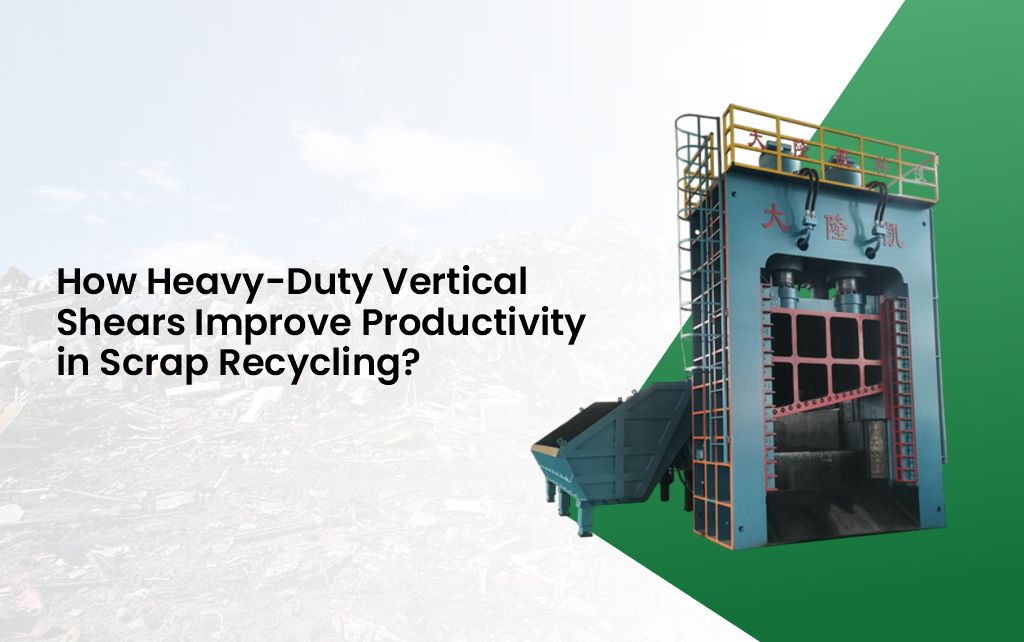Pea gravel is a popular material used in landscaping, gardening, and construction projects. Its smooth, rounded stones make it ideal for walkways, patios, drainage, and decorative accents. If you have a large project or want to save money, ordering a truckload of pea gravel can be a smart choice.
This article will guide you through everything you need to know about ordering pea gravel by the truckload—from understanding what pea gravel is, to estimating how much you need, to tips for delivery and installation.
What Is Pea Gravel?
Pea gravel is made up of small, rounded stones that are usually about 1/8 to 3/8 inches in diameter. They get their name because their size and shape resemble small peas. Pea gravel comes in a variety of colors, including shades of white, gray, tan, and brown.
Because of its smooth texture and attractive appearance, pea gravel is often used in landscaping projects for pathways, garden beds, and around water features. It also works well for drainage solutions because water can easily flow through the small stones.
Why Order Pea Gravel by the Truckload?
Buying pea gravel in bulk, such as a truckload, offers several advantages:
- Cost Savings: Ordering in large quantities usually lowers the price per ton or cubic yard.
- Convenience: A single delivery can supply all the material you need for your project, saving multiple trips to the supplier.
- Project Size: If you’re working on a large patio, driveway, or landscaping area, buying by the truckload ensures you have enough material to complete the job without interruptions.
Large projects like backyard patios, garden walkways, or drainage systems are ideal for truckload purchases.
How Much Pea Gravel Is in a Truckload?
A typical truckload of pea gravel ranges from about 10 to 12 cubic yards or roughly 12 to 15 tons, depending on the truck size and material density. However, these numbers can vary depending on the supplier and region.
Because pea gravel is heavy, the weight in tons is an important factor for delivery costs. The volume (cubic yards) helps you estimate how much space the gravel will cover once spread.
To estimate your needs, it’s helpful to know how much area a truckload can cover: for example, a 10 cubic yard truckload can cover roughly 100 square feet at a depth of 3 inches.
How to Calculate Your Pea Gravel Needs
Accurate measurement is key to ordering the right amount of pea gravel. Here’s a simple way to estimate your needs:
- Measure the Length and Width: Find the length and width of your project area in feet.
- Determine the Depth: Decide how deep you want your pea gravel layer to be (usually between 2 and 4 inches).
- Calculate the Volume: Multiply length × width × depth (in feet) to get the cubic feet needed.
- Convert to Cubic Yards: Since gravel is sold by cubic yards, divide the cubic feet by 27 (because there are 27 cubic feet in one cubic yard).
For example, if your project area is 20 feet long and 10 feet wide, and you want a 3-inch (0.25 feet) depth, the calculation is:
20 × 10 × 0.25 = 50 cubic feet
50 ÷ 27 = approximately 1.85 cubic yards
If you want to order a truckload of pea gravel, this calculation helps you decide how many truckloads or partial truckloads you will need.
Tips for Ordering Pea Gravel by Truckload
Before placing your order, keep these tips in mind:
- Choose the Right Supplier: Look for local suppliers with good reviews and clear pricing.
- Schedule Delivery: Arrange a delivery time that works for you and ensures someone is on-site to receive the gravel.
- Check Access: Make sure your driveway or project site is accessible for a large truck and that there is a safe, flat place for unloading.
- Confirm Quality: Ask about the grade, color, and cleanliness of the pea gravel. Some suppliers offer washed gravel that is free of dust and debris.
- Understand Fees: Clarify if there are delivery fees, minimum order quantities, or other charges.
What to Expect During Delivery
When the truck arrives, the driver will unload the pea gravel in the designated spot. This is usually done with a dump truck that tips the load out in a pile. Make sure your site is ready and that the driver has clear instructions on where to dump the gravel.
For safety, keep children and pets away during delivery, and avoid standing near the truck as the gravel is unloaded.
Storing and Using Pea Gravel After Delivery
If you don’t plan to use all the gravel immediately, store it in a dry, covered area to keep it clean and free from weeds or dirt.
When spreading pea gravel, use a rake to distribute it evenly across your project area. For pathways and patios, a depth of 2 to 3 inches is usually sufficient. For drainage, you may need a deeper layer.
Maintaining pea gravel is simple: occasionally rake it to keep it level and add more gravel if areas become thin over time.
Conclusion
Ordering a truckload of pea gravel is a cost-effective and convenient way to get the material you need for landscaping and construction projects. By understanding what pea gravel is, how much comes in a truckload, and how to calculate your project’s needs, you can avoid delays and extra costs.
Make sure to choose a reliable supplier, prepare your site for delivery, and plan how you will store and spread the gravel. With proper planning, your pea gravel project will be smooth, attractive, and long-lasting.
Next time you need pea gravel for your outdoor project, consider ordering a truckload of pea gravel to get the best value and ease of delivery.



